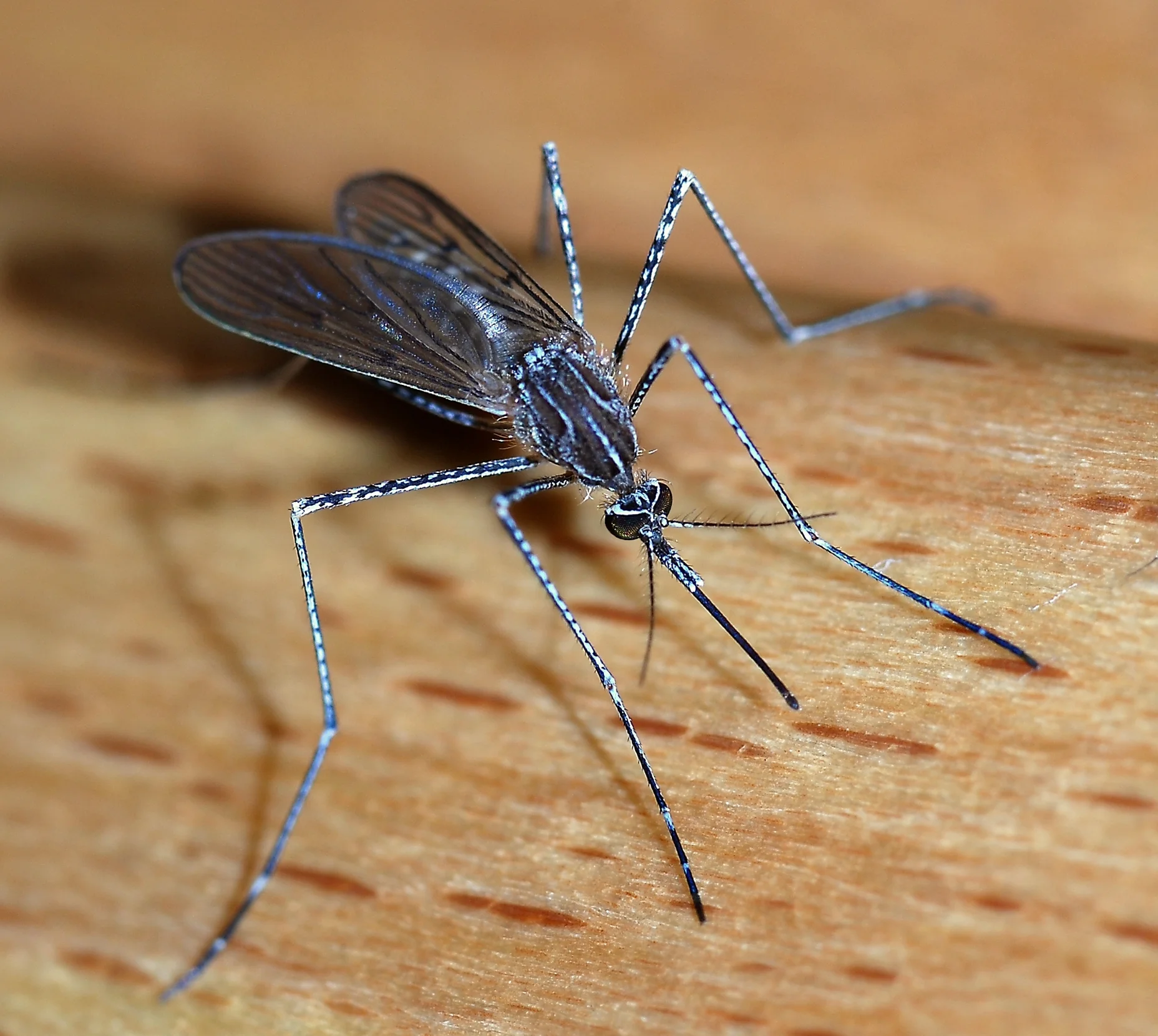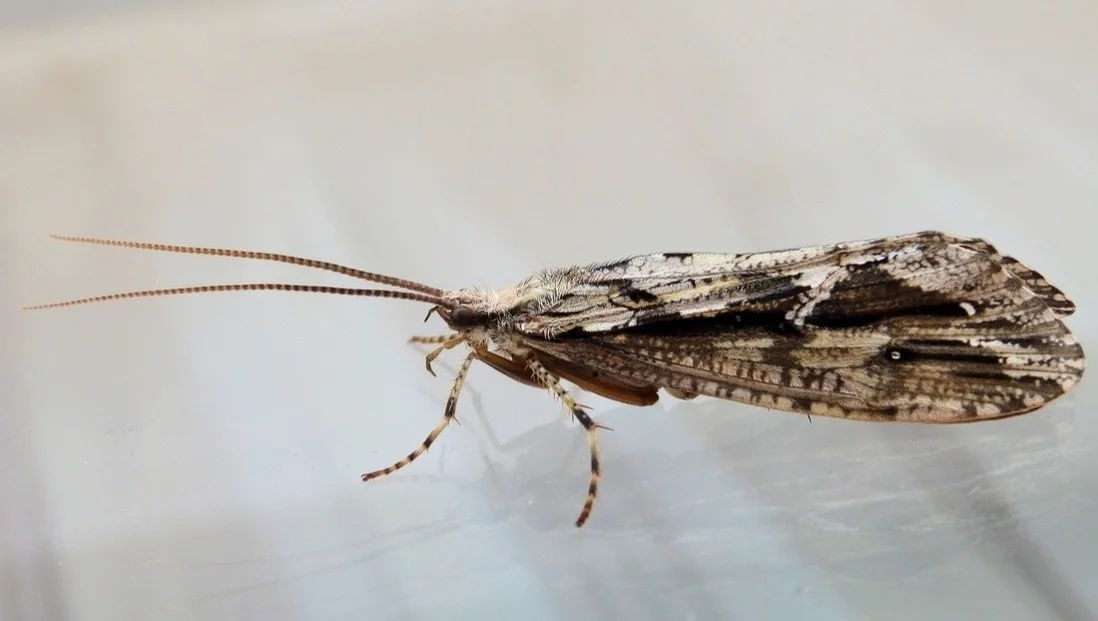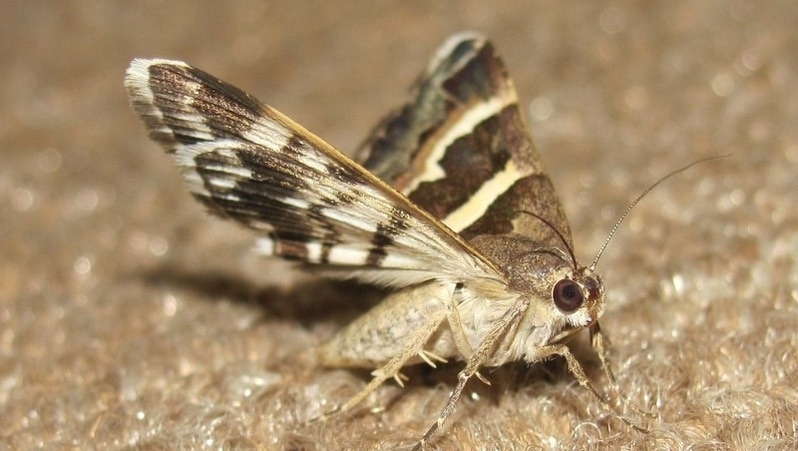Moths are mostly nocturnal creatures and some beautiful but, most people enjoy them when they remain outside. Sometimes the occasional invader might fly inside the home by accident and frantically try to find their way back out amid the interior lighting. But, many people feel differently when certain moths make their way inside the home, especially when one moth turns into several in less than a week. Soon your pantry and kitchen becomes garden like so, then what?
Both moths are readily found during each stage of food production. From packaging to retail these two insects can infest almost any type of packaged food product, including flour, cereal, chocolate, beans, dried fruits, birdseed, and pet food. Additionally, you may unwittingly purchase interior or holiday décor that is already infested.
Common Pantry Moths
If you have moths in your pantry or kitchen, good chance they’re one of these two types:
Indian meal Moth The body of these tiny moths are white with copper-like spotting on their front wings. Females deposit eggs in food. The larvae hatch then tunnel through food making their way out to then form cocoons. Indian meal moths are very slow fliers and are typically seen resting on ceilings or walls.
Mediterranean Flour Moths While they are the same size, Mediterranean flour moths front wings are pale gray with some spotting. After the eggs are deposited and hatched, the larvae spin silk feeding tubes. The mediterranean flour moth flies in a zigzag pattern.
Preventin Pantry Moths
When trying to eliminate these household pests the first step is to contain any food that may be infested.
Follow these simple steps if you find moths in your pantry or kitchen:
- Locate and get rid of infested food, the packaging and any possible decorations.
- Freeze flour and grain-based foods for a week before placing in cupboards or pantry.
- Clean shelves and cabinets that stored infested foods with soap and water.
- Use only tightly sealed storage containers for dried goods.
- Contact a professional pest control service, like Gladhill Services if in need of additional help.
And remember that pantry moths are not the same moths that can damage your clothing. You can read more about Clothes Moths in this post.






